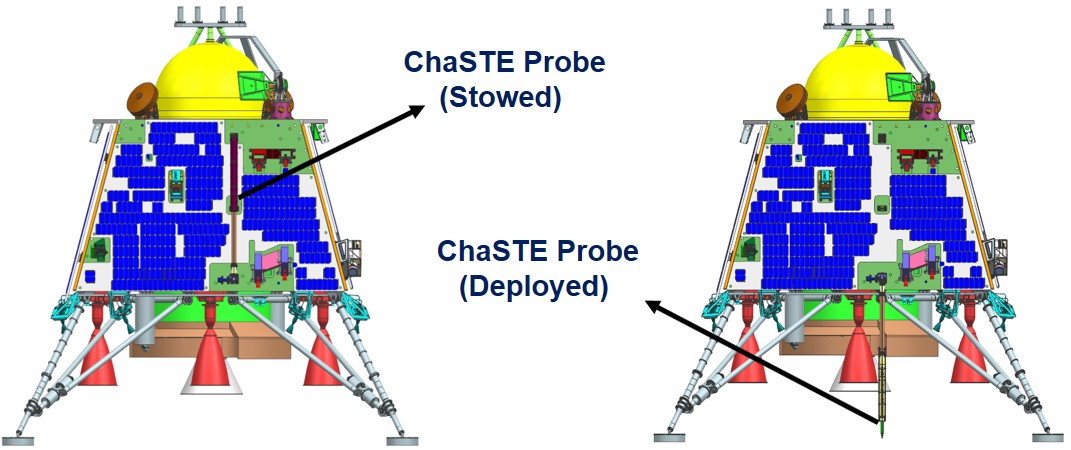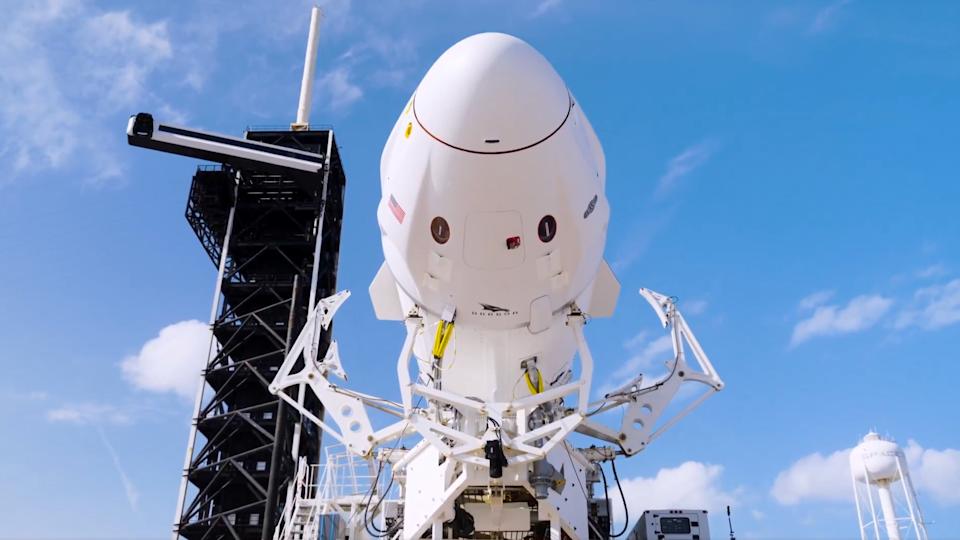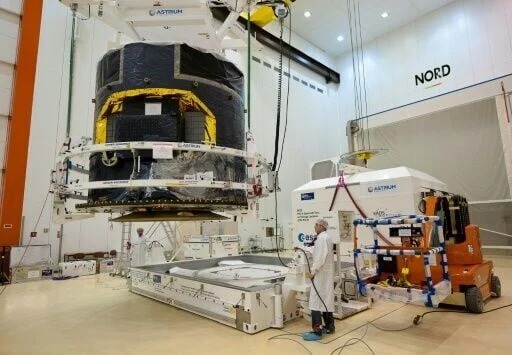
The European Space Agency (ESA) plans to launch the Biomass Mission as part of the Earth Explorer Programme during April 29 2025. A P-band synthetic aperture radar aboard this mission operates to deliver exact data regarding forest biomass together with carbon storage information along with measurement of ecosystem transformations. The initiative steps in where forest monitoring systems currently lack performance while helping worldwide climate change initiatives. Its scientific goals help ESA achieve broader objectives and develop research in climate science.
Context:
The forest ecosystem functions as a crucial carbon absorption system to draw down extensive quantities of CO2. Forest embracing carbon remains insufficiently understood because of deforestation activities combined with insufficient precise data collection. The ESA Biomass mission solves this essential information void through the implementation of sophisticated spaceborne technological equipment.
Key Highlights
-
The primary mission goal involves quantifying forest biomass throughout the planet along with its carbon storage alterations.
-
Launch Date: Scheduled for April 29, 2025.
-
A single spacecraft orbits with P-band Synthetic Aperture Radar equipment which operates at 435 MHz.
-
The satellite operates from a low altitude around Earth to gather precise data through interferometry.
Expected Outputs:
-
3D images of forest canopies
-
Measurement of forest height and structure
-
Estimation of carbon content
-
Time-based analysis of deforestation together with tracking forest degradation events
Environmental Significance:
-
The annual CO2 emissions in forests amount to approximately 16 billion metric tonnes.
-
The tropical forests lost 3.7 million hectares in the year 2023.
-
The mission will monitor deforestation by supporting climate action initiatives.
Additional Goals:
-
Observation of Antarctic ice sheet movements.
-
The development of digital elevation models operates within dense vegetation areas.
-
Contribution to ecological and climate research worldwide.
Earth Explorer Programme Overview:
The Biomass mission belongs to the Earth Explorer program initiated by ESA that consists of these projects:
-
GOCE (Gravity & Ocean Circulation)
-
SMOS (Soil Moisture & Ocean Salinity)
-
CryoSat (Ice Monitoring)
-
Swarm (Magnetic Field)
-
Aeolus (Wind Profiles)
-
EarthCARE (Cloud-Aerosol Radiation)
-
FLEX (Photosynthesis Monitoring)
-
FORUM (Far-infrared Radiation)
-
Harmony (Earth Surface Motion)
Conclusion
The Biomass mission stands as a vital advancement for climate science because it provides innovative knowledge about forests together with their climate impact and environmental evolution. The spacecraft's necessary data collection will enhance worldwide environmental governance through improved forest observation abilities while elevating ESA's position as Earth observation and climate commitment leader.



 India Launches First Native Seed Germination Database for Ecological Restoration
India Launches First Native Seed Germination Database for Ecological Restoration India’s Evolving Approach to Artificial Intelligence Governance and Regulation
India’s Evolving Approach to Artificial Intelligence Governance and Regulation Golden Jubilee of Aryabhata 2025: Celebrating India’s First Satellite and ISRO’s Historic Milestone
Golden Jubilee of Aryabhata 2025: Celebrating India’s First Satellite and ISRO’s Historic Milestone ChaSTE: First In-Situ Measurement of Surface Temperature
ChaSTE: First In-Situ Measurement of Surface Temperature Digital Child Abuse and the Dangers of AI-Based Exploitation
Digital Child Abuse and the Dangers of AI-Based Exploitation SpaceX Successfully Launches Fram2 Mission: First Human Spaceflight Over Earth’s Poles
SpaceX Successfully Launches Fram2 Mission: First Human Spaceflight Over Earth’s Poles Gaia Space Observatory: Achievements and Shutdown
Gaia Space Observatory: Achievements and Shutdown ChatGPT’s viral Studio Ghibli-style images highlight AI copyright concerns
ChatGPT’s viral Studio Ghibli-style images highlight AI copyright concerns Bellatrix Aerospace Partners with Astroscale Japan for Space Debris Removal
Bellatrix Aerospace Partners with Astroscale Japan for Space Debris Removal






